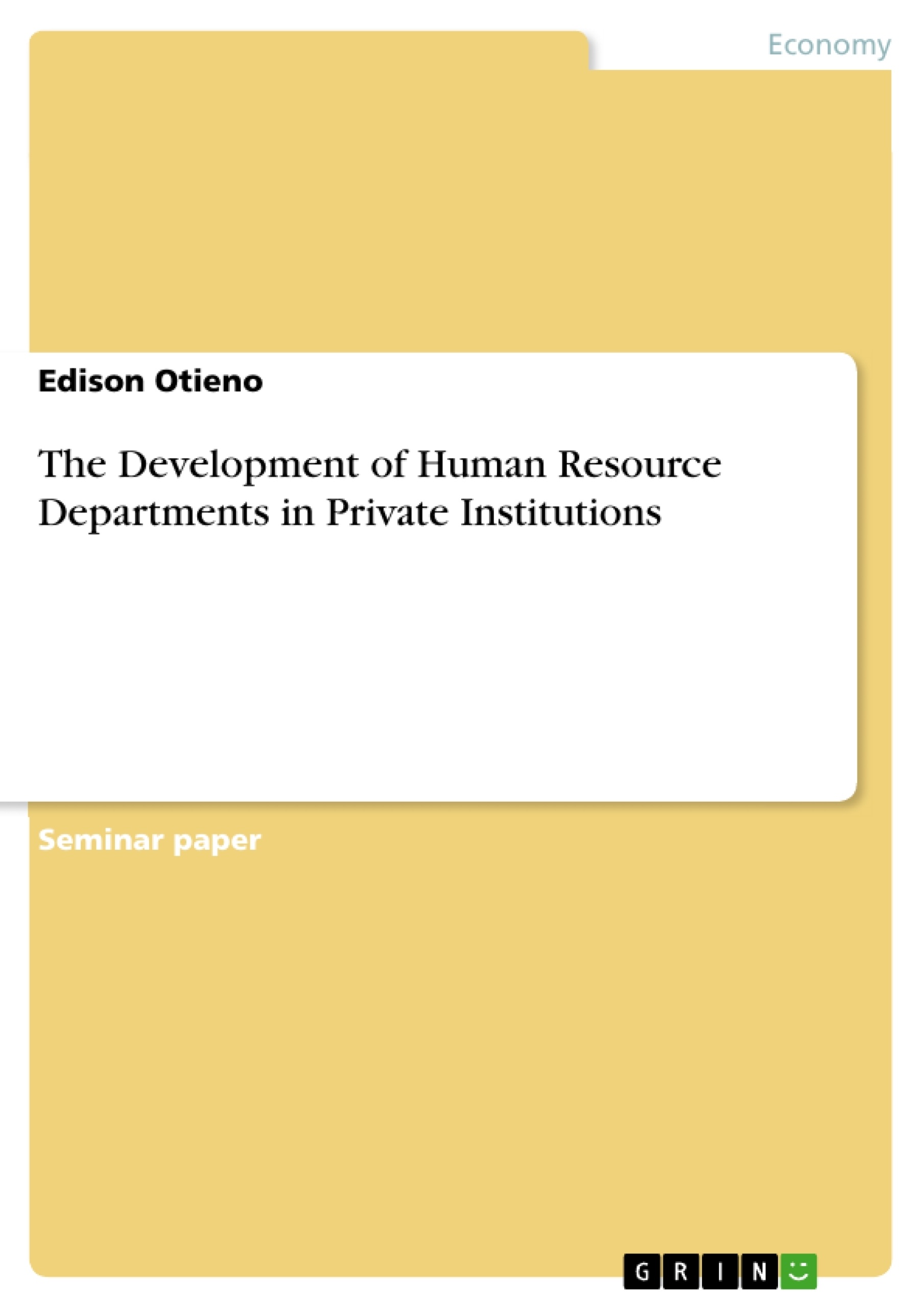Developing countries face myriad of challenges; the height of which is the wanton poverty that is associated with them. But, many countries such as the Asian Tigers have shown that with targeted, appropriate and adequate investment in human resource development through education, a society may be easily transformed from underdevelopment and poverty to prosperity and higher standard of living.
With Millennium Development Goals (MDGs), the international community committed for the first time as a whole to an expanded vision of poverty reduction and pro-poor growth, one that vigorously places human development at the center of social and economic progress in all countries. The MDGs also recognized the importance of creating a global; partnership for change. The Sustainable Development Goals (SDGs), launched in 2015 over another 15 years long period, aimed at building on the efforts of the MDGs in the same perspective. That ending poverty must go hand in hand with strategies that build economic growth and at the same time addresses a range of social needs including education, health, social protection and creation of job opportunities.
Barriers and Opportunities at the Base of the Pyramid - The Role of the Private Sector in Inclusive Development, Over the years, the state has been bearing the major responsibility for human resource development in many third world countries, just as developed countries benefitting of a welfare state. But this trend is changing. Since the beginning of the 21st century, private institutions and organizations have gradually started playing a major role in human resource development, in particular through their engagement in the education sector.
The goal of this research, therefore, is to demonstrate the role of private institutions in human resource development in developing countries and how such contribu-tions may be enhanced, the role of private institutions with regards to MDGs and SDGs, notably through strategic partnerships with public institutions and other private organizations.
Inhaltsverzeichnis (Table of Contents)
- Introduction
- Chapter 1
- 1.1 Development and Human Resource Development
- 1.2 Developing Countries
- 1.3 Private Institutions
- 1.4 Millennium Development Goals and Sustainable Development Goals
- 1.5 Quality Education for Human Development
- 1.6 How Has Private Institutions Policy Conceptualized Quality Education For Human Development Since the Beginning of the 21 St Centuries?
- 1.7 Class-Related Ideological Differences in Educational Provision for Students in Private
- Chapter 2
- Chapter 3
- 3.1 Description of Study Rationale
- 3.2 Case Study
- 3.3 Reconnect the Case Study to the Public and the Private Sector to Practice
- 3.4 Show How Private Institutions Can Incredibly Contribute the Human Resource Development through Education
- Chapter 4
Zielsetzung und Themenschwerpunkte (Objectives and Key Themes)
This research aims to demonstrate the crucial role of private institutions in human resource development, particularly in developing countries. It explores how these contributions can be enhanced and analyzes the significant role of private institutions in achieving the Millennium Development Goals (MDGs) and Sustainable Development Goals (SDGs), especially through strategic partnerships with public institutions and other private organizations.
- The role of private institutions in human resource development in developing countries.
- The impact of private institutions on the achievement of the MDGs and SDGs.
- The significance of quality education for human development.
- The challenges and opportunities for private sector engagement in education.
- The role of partnerships between public and private institutions in human resource development.
Zusammenfassung der Kapitel (Chapter Summaries)
The first chapter provides background information on private participation in human development in developing countries, setting the stage for the research questions and objectives. Chapter two delves into the education sector and human resource development as drivers of growth, analyzing theories and presenting empirical evidence of private institutions' contributions to human resource development in developing countries. This chapter also explores challenges, regulatory issues, and gaps that need to be addressed. The third chapter showcases a case study, highlighting the practical ways in which private institutions can contribute to human resource development through education, connecting public and private sector practices.
Schlüsselwörter (Keywords)
The key terms and concepts explored in this text include private institutions, human resource development, developing countries, quality education, Millennium Development Goals (MDGs), Sustainable Development Goals (SDGs), strategic partnerships, and the role of the private sector in inclusive development.
- Citation du texte
- Edison Otieno (Auteur), The Development of Human Resource Departments in Private Institutions, Munich, GRIN Verlag, https://www.grin.com/document/432873



